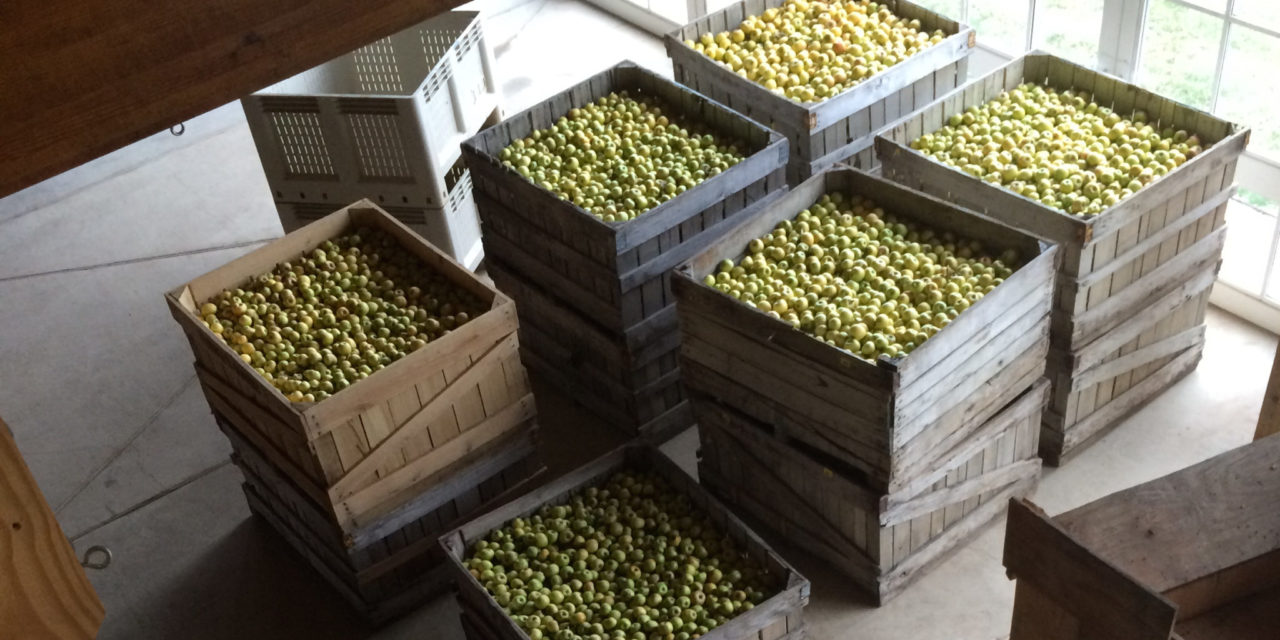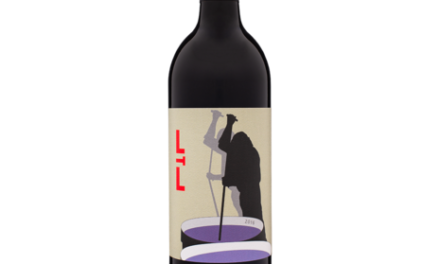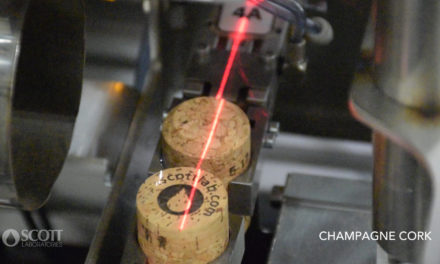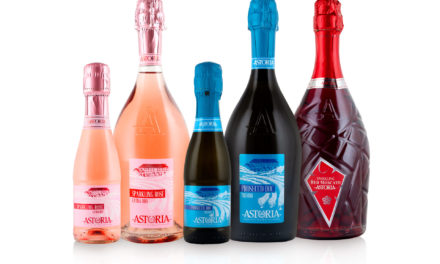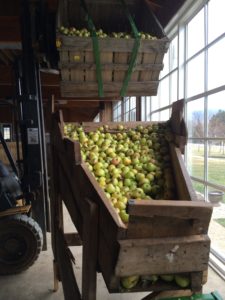 Benjamin Franklin had been in London but a few months when, in early 1758, he wrote home to his wife complaining of a lack of good apples and chiding her a bit for not thinking to send him some. “Newtown Pippins would have been the most acceptable,” he went on to say. Franklin was happy to share subsequent shipments of Newtown Pippins with his friends, who, in turn, shared with their friends, setting off an English love affair with this American original, the first colonial apple variety to make its way across the Atlantic.
Benjamin Franklin had been in London but a few months when, in early 1758, he wrote home to his wife complaining of a lack of good apples and chiding her a bit for not thinking to send him some. “Newtown Pippins would have been the most acceptable,” he went on to say. Franklin was happy to share subsequent shipments of Newtown Pippins with his friends, who, in turn, shared with their friends, setting off an English love affair with this American original, the first colonial apple variety to make its way across the Atlantic.
Discovered on 17th century Long Island, N.Y., the Newtown Pippin became such a popular apple at home and abroad that it was planted all down the mid-Atlantic coast (getting a name change to Albemarle Pippin when it got to Virginia) and went west with the pioneers as far as Oregon, Washington, and California, where it supported loggers, miners, cidermakers, and a thriving export industry.
 By the late 20th century the Newtown Pippin had largely been supplanted in supermarkets by the similar Granny Smith, but its remaining orchards have been rediscovered by modern American cidermakers, who’ve embraced it for both its history and remarkable flavor possibilities. Here are a handful of must-try single variety Pippins from across the country.
By the late 20th century the Newtown Pippin had largely been supplanted in supermarkets by the similar Granny Smith, but its remaining orchards have been rediscovered by modern American cidermakers, who’ve embraced it for both its history and remarkable flavor possibilities. Here are a handful of must-try single variety Pippins from across the country.
Newtown Pippin, 2016
Angry Orchard; Walden, N.Y.
Produced at Angry Orchard’s Innovation House, the fruit for this cider came from orchards in the Finger Lakes region of New York, one of the few places in the state of its origin where Newtown Pippins are still grown to any extent. The cider explodes with bright acids framed by notes of green fruit skins, herbs, and honey. Fully dry, extended aging on the lees after a wild yeast fermentation contributes a density and doughy quality, and bottle conditioning produces a delicate mousse. The soil at the orchard’s site is largely glacial till, slate, and limestone, giving the cider an interesting touch of minerality.
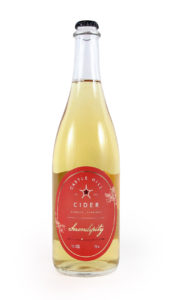
Serendipity, 2015
Castle Hill Cider; Keswick, Va.
Newtown, or Albemarle, Pippins have been grown on this cidery’s property since the mid-18th century, when the land was owned by Thomas Jefferson’s guardian and mentor Colonel Thomas Walker. The estate has passed through many hands and been broken up since then, but the refurbished barn makes a capital cider house and tasting room, and the mostly new orchards are thriving. Serendipity is lush and rich with mild acids and notes of candied fruit and lime. Semi-dry and sparkling, the residual sugars are derived from the apple through a filtration-driven arrested fermentation.
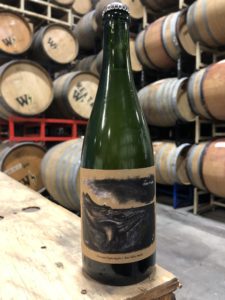
Newtown Pippin, 2016
Scar of the Sea; Santa Barbara, Calif.
The area around Watsonville, Calif., 100 or so miles south of San Francisco, has had significant orchards of Newtown Pippin since the 1860s, for local consumption, export around the globe, and to provide raw material for apple juice giant S. Martinelli & Co. Close to the temperature-moderating Pacific Ocean, the apples are packed with sugars and generally less acidic than their East Coast brethren, which is reflected in the cider. Fermented to dryness with native yeasts in neutral French oak barrels, then aged four months on the lees, this sparkling cider has a soft, savory roundness punctuated by notes of spring green herbs and hints of raw bread dough.
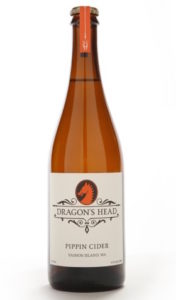
Pippin, 2016
Dragon’s Head Cider; Vashon Island, Wash.
While this cider is made in Washington, the apples are grown farther south, in Hood River, Ore. in the Columbia River Gorge, a significant fruit-growing area—Newtown Pippin included—since the 1870s. Soils in Hood River are a deep, rich loam, formed from the volcanic outputs of nearby Mt. Hood, whose last major eruption was in the 1790s. Dry, tart, and refreshing, Dragon’s Head’s Pippins sings with notes of thyme, clover, and Herbes de Provence, finishing with a flavor of mildly candied lemon zest.

The Pippins, 2016
Stem Ciders; Denver, Colo.
Unique in this group of five, The Pippins is a blend of two apple varieties, Newtown Pippin and Cox’s Orange Pippin, both sourced in Michigan. The latter is a highly regarded English dessert apple that appeared as a chance seedling in the mid-19th century and, like the Newtown Pippin, has gone on to be grown in orchards around the world. Its presence contributes notes of pear and ripe plum skin to the green herb and lemon peel flavors often associated with Newtown Pippin. The cider is sparkling and taken to dryness using a combination of native yeasts and Brettanomyces, which adds a savory earthiness.

